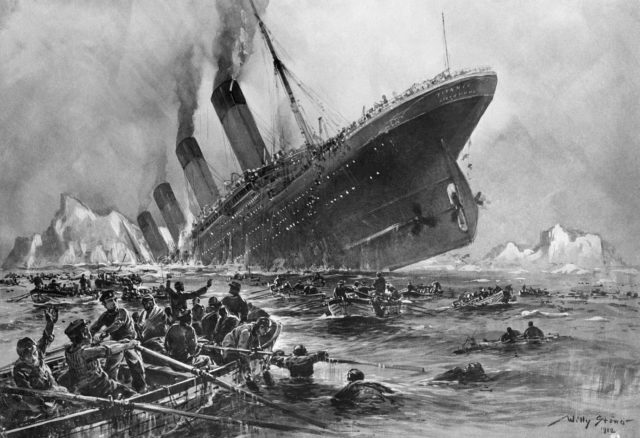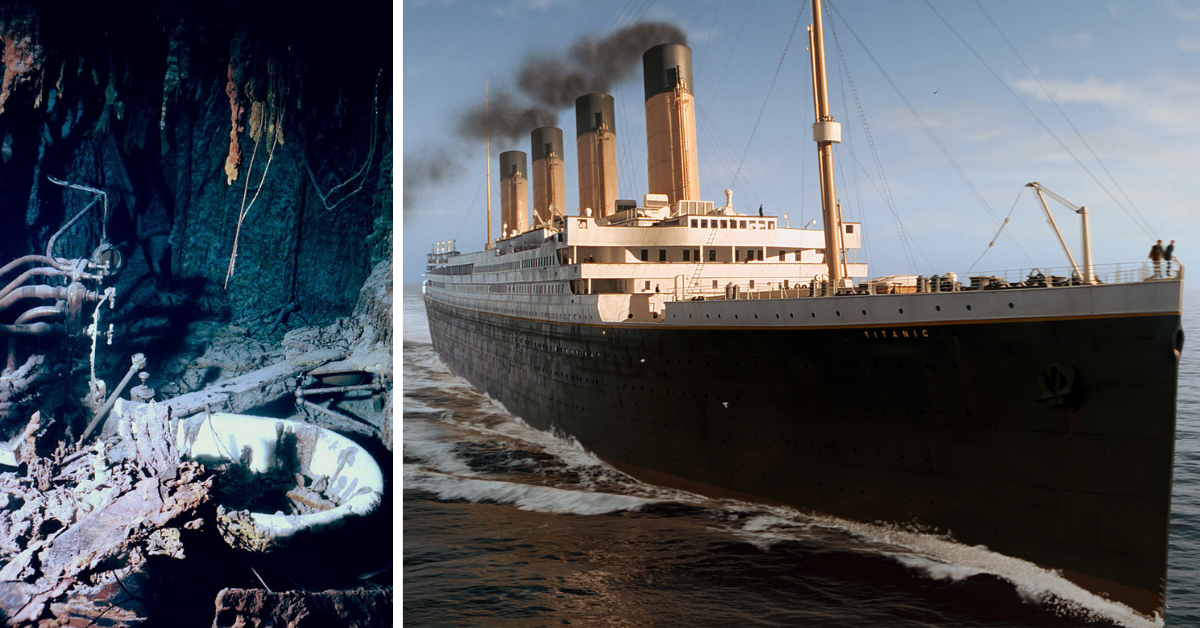Nearly one and a half hours of never-before-seen footage of the wreck of the ill-fated Titanic has been released for the public to see, thanks to the Woods Hole Oceanographic Institution. The video provides a detailed view of the ghostly wreck that has laid at the bottom of the Atlantic for over 100 years.
Sinking the ‘unsinkable ship’
On April 14, 1912, the world’s largest luxury ocean liner, RMS Titanic, struck an iceberg during her maiden voyage from Southampton, England to New York City. The “unsinkable” ship had 2,240 souls on board, and 1,500 of them would perish in the horrific disaster as she quickly took on water and sunk. The casualties were exacerbated by the lack of lifeboats on board – only half the number needed for all passengers were actually on the ship.

Those who survived the ordeal lived in the shadow of the infamous disaster, with many people advocating for survivor’s rights and arguing against an onslaught of proposals to find the wreck, explore it, and even bring artifacts to the surface. After multiple failed attempts, researcher Robert Ballard finally discovered the wreck of the Titanic on September 1, 1985.
The discovery made headlines around the world, providing a long-awaited answer to many people who wondered exactly what happened to the Titanic. Ballard discovered the ship had split into two pieces, which had scattered debris on the ocean floor. It left a trail that would lead the unmanned deep-towed undersea video camera nicknamed Argo, controlled by Ballard from above the surface, right to the wreckage.
Alvin explores Titanic
Following the discovery of the wreck site, Ballard returned to the Titanic site in July 1986. Using a new deep-diving submersible called HOV Alvin, people were able to visit the wreck for the first time since her sinking 74 years prior. Alvin was connected to another submersible device called Jason Jr., which acted like a camera that allowed explorers to navigate the tight spaces of the wreck without having to actually go near it and risk damaging the already-decaying ship. This was thanks to the 300-foot fiber optic cable that connected Jason Jr. to Alvin.
In a recent interview about the 1986 Alvin expedition, Ballard recounted the moment he first laid eyes on Titanic. “The first thing I saw coming out of the gloom at 30 feet was this wall, this giant wall of riveted steel that rose over 100 and some feet above us. I never looked down at the Titanic,” he said. “I looked up at the Titanic. Nothing was small.”
Ballard also described glimpsing into Titanic‘s portholes, explaining, “It was like people looking back at us. It was pretty haunting actually.” The Titanic expert recalled seeing shoes that he believed belonged to a mother and a baby, a stark reminder of the thousands of people whose final resting place was in the same spot Ballard and his high-tech crew were in now.
During the 1986 expedition, Jason Jr. recorded amazing footage of the iconic Grand Staircase and explored as far as B Deck, photographing remarkable remnants of the ship including personal items, furniture, and chandeliers still hanging from the ceilings. The recently-released footage was captured in 1986. Although it only shows the outside of the Titanic, it still offers a rare glimpse of parts of the ship previously not seen by the general public.
More from us: Who Poisoned the Cast of ‘Titanic’ With PCP on the Last Day of Filming?
The Titanic wreck was last visited by humans in 2005, so who knows if any new footage will be coming before the ship completely erodes – which scientists believe will happen in 2030.
